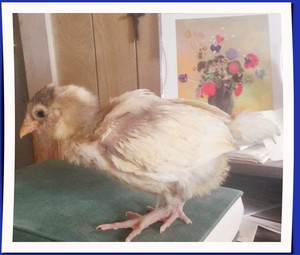01 May Sun 2016
Reasons to Lime the soil
Phosphorus is “P” value (the second number in the fertilizer rating N-P-K).
Plants absorb most of their phosphorus from the soil solution as orthophosphate (H2PO4-), regardless of the original source of phosphorus. Since orthophosphate’s negative charge prevents it from being attracted to the soil’s positive charge (cation), it will still react strongly in the soil, particularly if there are large amounts of iron and aluminum naturally, but it will products that are insoluble which in short means it is unavailable to plants.
A major factor controlling these insoluble/soluble reactions is the soil pH. If the soil ph is low or high, the phosphorus solubility availability is low, because the phosphorus needs the soil to be in the 6.0 to 7.0 pH range to be absorbed. That means we then need something, another chemical, to change the soil to the optimum level so it can absorb phosphorus: enter lime. Of course there is also bone meal and rock phosphate, but lime is the cheapest alternative out there.
The legal definition of available phosphorus in fertilizer is the sum of the phosphorus soluble in water plus that which is soluble in citrate solution or (P2O5). This number can vary from 0 to 100 percent. So when shopping, look for is a number as high as possible, as that is the more effective phosphorous source.
This is especially important for short-season, fast-growing crops, crops with restricted root systems (tomatoes) , or when purchasing starter fertilizers.
27 Apr Wed 2016
Bone meal as grit
Bone meal consists mainly of calcium phosphate (Ca3P04). It varies in composition, depending on method of manufacture. Poultry bone meal, sometimes called raw bone meal or steamed bone meal, consists of bones which have been thoroughly cooked, dried, and ground. This product contains 20 to 25 per cent protein.
Bone meal is added to poultry starting and growing rations which contain less than about 10 per cent animal protein feedstuffs and is an important ingredient of mineral mixtures that are often sold separately.
Special steamed bone meal is a by-product of gelatin or glue manufacture. It is cheaper than poultry or steamed bone meal and is as satisfactory as a mineral feedstuff. It contains more calcium and phosphorus and much less protein than poultry bone meal.
Fertilizer bone meal is unpalatable, has a disagreeable odor, and is unsuitable for a poultry feedstuff.

